Shipping is temporarily suspended until Monday, July 7th to protect plant health. Click here to learn more.
Shipping is temporarily suspended until Monday, July 7th to protect plant health. Click here to learn more.
| Size | |
|---|---|
| Common Name | |
| Type | |
| Family | |
| Native? | |
| Zone | 3, 4, 5, 6, 7, 8, 9 |
| Height Range (ft.) | 2.00 to 3.00 |
| Spread (ft.) | 2.00 to 3.00 |
| Bloom Time | |
| Bloom Description | Brown-Tinted, Pink |
| Sun | |
| Water | |
| Maintenance | |
| Suggested Use | |
| Tolerate | Air Pollution, Black Walnut, Deer, Drought, Dry Soil, Erosion, Shallow-Rocky Soil |
| Flower | |
| Attracts | |
| Other | |
| Growth Rate |
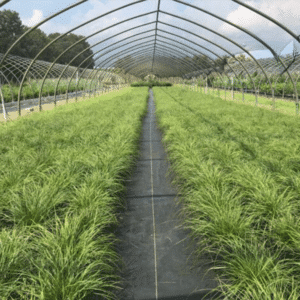
Sporobolus heterolepis – Prairie Dropseed is a native warm-season grass with fine, mounded foliage, fragrant flowers, and golden fall color. Perfect for borders, meadows, and naturalized landscapes, it thrives in dry, well-drained soils and supports pollinators and birds.
$12.99 – $129.99
Please note: Sizes 1.5 Gallon and up can’t be shipped outside the counties of Nassau, Suffolk, and Queens.
Learn more about how the process works and how our plants are delivered.
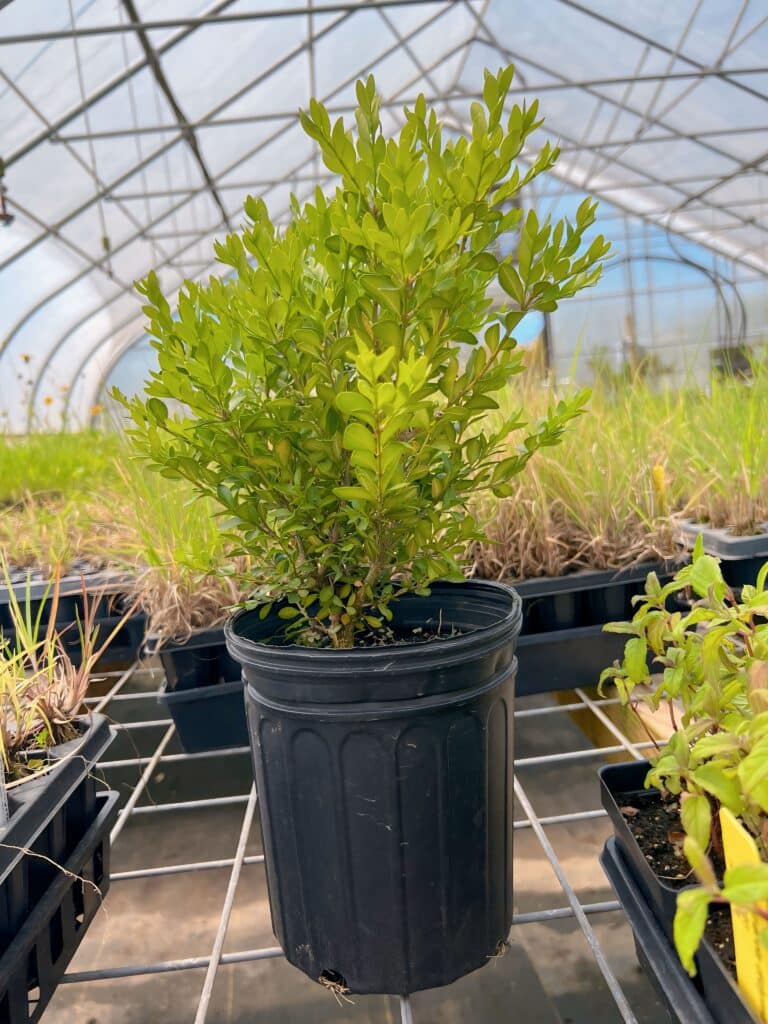
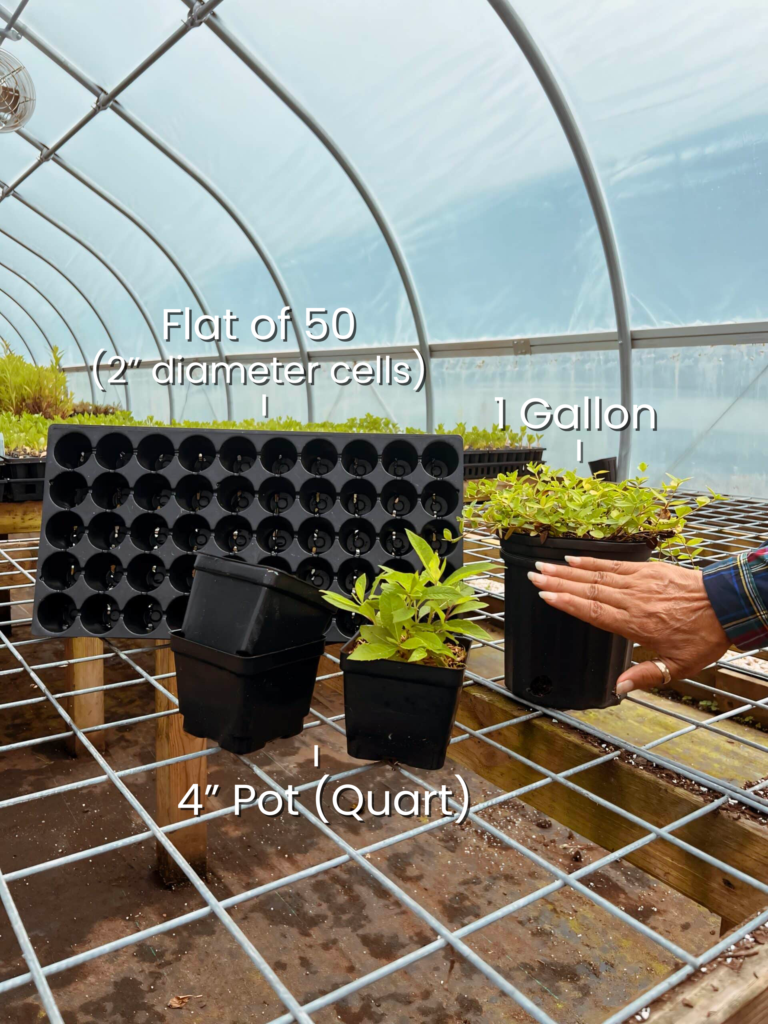
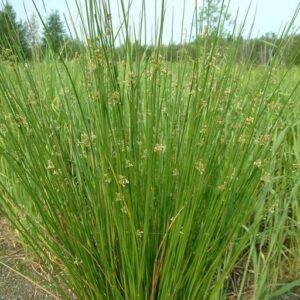
| Size | |
|---|---|
| Common Name | |
| Type | |
| Family | |
| Native? | |
| Zone | 3, 4, 5, 6, 7, 8, 9 |
| Height Range (ft.) | 2.00 to 3.00 |
| Spread (ft.) | 2.00 to 3.00 |
| Bloom Time | |
| Bloom Description | Brown-Tinted, Pink |
| Sun | |
| Water | |
| Maintenance | |
| Suggested Use | |
| Tolerate | Air Pollution, Black Walnut, Deer, Drought, Dry Soil, Erosion, Shallow-Rocky Soil |
| Flower | |
| Attracts | |
| Other | |
| Growth Rate |
Bring graceful texture and prairie charm to your garden with Sporobolus heterolepis, commonly known as Prairie Dropseed. This native warm-season grass forms neat, mounded clumps of fine, emerald-green foliage that sway elegantly in the breeze. In late summer, Prairie Dropseed produces delicate, airy flower panicles with a subtle, sweet fragrance reminiscent of coriander or popcorn. Its golden-tan fall color adds seasonal interest, while its adaptability to poor, dry soils and drought tolerance make it a low-maintenance favorite for native plantings, borders, or mass plantings.
Prairie Dropseed is perfect for adding texture and movement to borders, meadows, or naturalized landscapes. Use it to edge pathways, soften rock gardens, or as a groundcover in prairie-style plantings. Pair it with other native perennials like Purple Coneflower, Black-eyed Susan, or Little Bluestem for a dynamic and biodiverse display. Its golden fall color and architectural seed heads make it a standout in autumn landscapes.
Sporobolus heterolepis supports pollinators with its late-season blooms and provides seeds for birds in the fall. Its deep root system helps prevent erosion, improve soil structure, and increase water infiltration, making it a sustainable choice for eco-friendly landscapes.
Enhance your garden with the beauty, resilience, and ecological benefits of Sporobolus heterolepis – Prairie Dropseed. This versatile native grass will bring texture, movement, and wildlife support to your outdoor space.
/5
Total reviews
|
|
Persons recommended this product
Anonymous
Shopper
check_circle Verified
Shop owner replied
Was this helpful
Anonymous
Shopper
check_circle Verified
Shop owner replied
Was this helpful
Your feedback helps us improve our service.
There are no reviews yet.
Be the first to review “ ”
Please log in to submit a review.
Only logged in customers who have purchased this product may leave a review
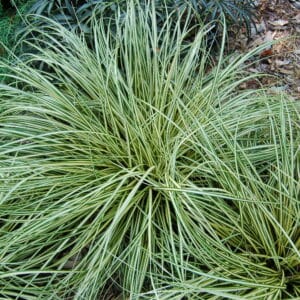
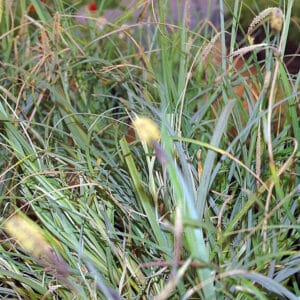

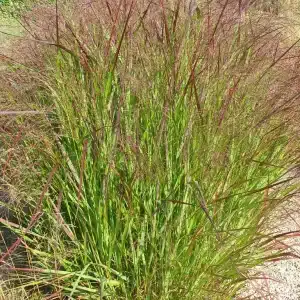
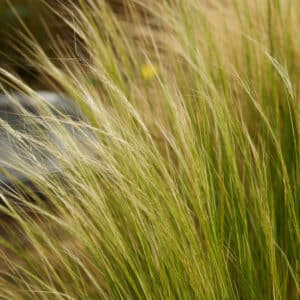
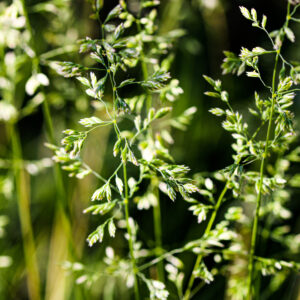
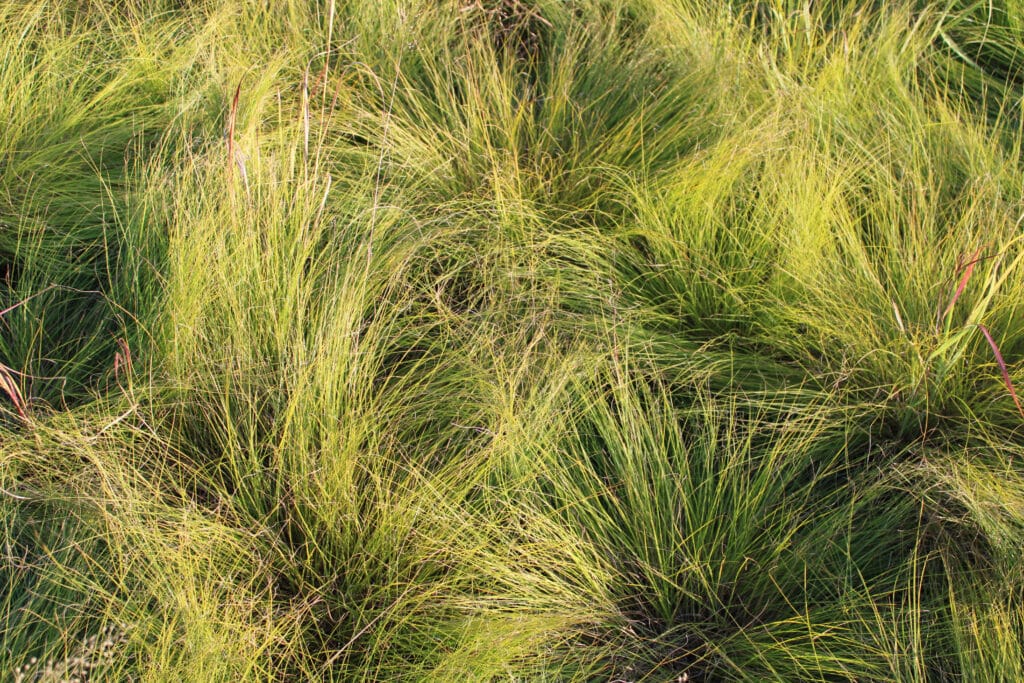
Yes. Sporobolus heterolepis is native to the central and eastern United States, especially common in prairies, open woodlands, and dry slopes. It is a highly valuable native ornamental grass that supports pollinators, beneficial insects, and birds, making it ideal for native, meadow, and habitat-focused gardens.
Prairie Dropseed is known for its fine, arching, emerald green foliage that turns gold with orange and copper highlights in fall. It forms a graceful, fountain-like clump about 2 to 3 feet tall and wide, and in late summer, it produces airy flower panicles with a fragrant, coriander-like scent. Its elegant form and seasonal interest make it a favorite for both formal and naturalistic plantings.
Prairie Dropseed thrives in full sun and prefers well-drained, dry to medium soils, including sandy or rocky soils. It is hardy in USDA zones 3 through 9, and once established, it is extremely drought-tolerant and low-maintenance. It does not tolerate wet, poorly drained soils.
Yes. While it is wind-pollinated and does not provide nectar, Prairie Dropseed offers habitat and nesting material for native bees and seeds for birds in the fall. It also supports ground-dwelling insects and wildlife, contributing to biodiversity in native plantings.
Yes. Prairie Dropseed is deer-resistant, non-invasive, and very low-maintenance. It requires no mowing, fertilizing, or irrigation once established. You can cut back old foliage in late winter or early spring to refresh its appearance. It’s ideal for low-input, high-impact landscapes.
Our gift cards make it easy to share the beauty of plants, flowers, and all things green. Whether for a special occasion or just because, give the gift of choice and let them select their favorites to create a garden they’ll cherish.
BUYING HIGH QUALITY PLANTS HAS NEVER BEEN EASIER
Our plants are easy to order, plant, and enjoy! Bringing pollinators to your property improves vegetable yields – Feed the bees!
Sign up for our email list!
Copyright © 2025 Bumbee’s | Web design and SEO by Searles Graphics